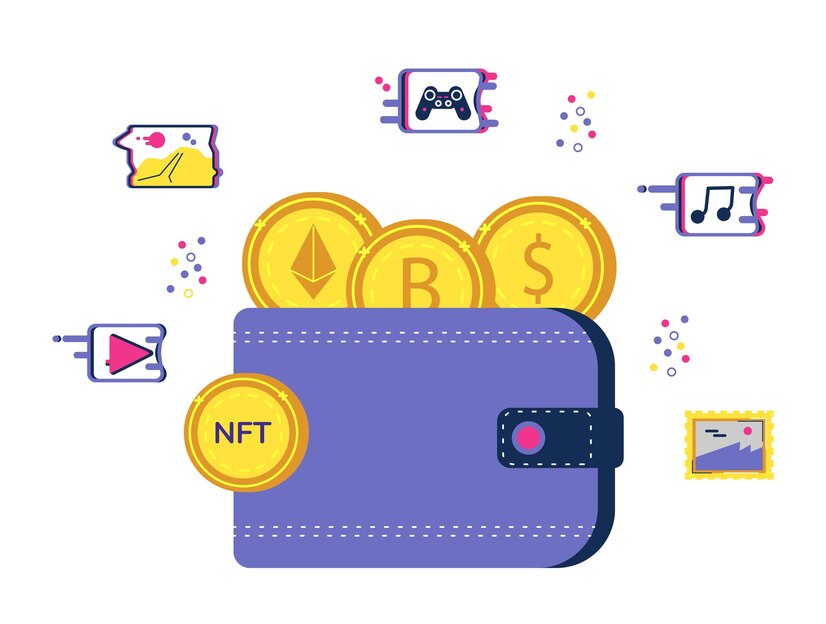In the ever-evolving realm of cryptocurrencies, safeguarding your digital assets takes center stage. As blockchain technology gains traction and digital currencies become more prevalent, the importance of robust and innovative crypto wallet development cannot be overstated. This blog delves into the current state of crypto wallet security and explores future trends in development, offering insights and strategies to ensure the protection of your investments.
The Current Landscape of Crypto Wallet Security
Before exploring the future of crypto wallet development, let's first examine the present state of security in crypto wallets. These digital tools, designed for secure storage, transmission, and receipt of cryptocurrencies, fall into two primary categories: hot and cold wallets.
Hot Wallets: Connected to the internet, hot wallets, including online, mobile, and desktop wallets, prioritize convenience. However, their accessibility comes with increased vulnerability to hacking and online threats.
Cold Wallets: Offline storage solutions like hardware and paper wallets are considered more secure due to their lack of internet connectivity, making them suitable for long-term cryptocurrency storage.
Regardless of the type, the security of digital assets hinges on factors such as password strength, two-factor authentication (2FA), regular software updates, and secure backup and recovery processes. While these measures are crucial, the future of crypto wallet development aims to elevate security even further.
Future Trends in Crypto Wallet Development
The future of crypto wallet development promises to be transformative and dynamic, with developers continually innovating to provide cutting-edge security features and enhanced user experiences. Key trends and developments to watch include:
Biometric Authentication: Integration of fingerprint or facial recognition features from modern smartphones and devices to enhance security and streamline user experiences.
Multi-Signature Wallets: Requiring multiple private keys for transaction authorization, adding an extra layer of security and reducing the risk of unauthorized access.
Hardware Wallet Integration: Greater synergy between hardware and software wallets for easier, more secure asset management.
Decentralized Identity Verification: Secure and privacy-focused methods for confirming wallet ownership.
Zero-Knowledge Proofs: Allowing users to prove ownership of an asset without revealing specific asset information enhancing privacy and security.
Delegated Proof of Stake (DPoS): Exploring consensus mechanisms that delegate decision-making to a smaller group of nodes for improved speed and security.
Quantum-Resistant Cryptography: Implementation of quantum-resistant cryptographic algorithms to protect against potential threats from advancing quantum computing.
User Education and UX: Emphasis on user education, with intuitive interfaces and guidance on best security practices.
Strategies for Securing Your Digital Assets
As the future of crypto wallet development unfolds, taking proactive steps to secure your digital assets is crucial. Consider these strategies:
Stay Informed: Keep abreast of the latest developments in crypto wallet security through reputable sources, forums, and communities.
Choose Wisely: Select a wallet that aligns with your security needs, considering factors like wallet type, biometric authentication, multisig options, and quantum-resistant cryptography.
Strengthen Passwords and Enable 2FA: Maintain robust password practices and use two-factor authentication for added security.
Backup Securely: Ensure secure and redundant backups of your wallet's private keys, considering hardware wallets or secure offline storage for long-term use.
Regular Updates: Keep your wallet software up-to-date to benefit from security patches and the latest features.
Exercise Caution: Beware of phishing attempts, suspicious links, and unsolicited messages. Always verify the authenticity of any source requesting access to your wallet.
Diversify Assets: Avoid storing all digital assets in a single wallet or platform; diversification can help spread risk.
Educate Yourself: Understand how your chosen wallet works and educate yourself on blockchain technology and the security measures it employs.
Conclusion
The future of crypto wallet development promises an innovative journey in response to the evolving crypto landscape. By staying informed, choosing the right wallet, and implementing strong security measures, you can navigate this dynamic environment with confidence, ensuring the safety of your digital assets. As the world of cryptocurrencies continues to grow, the role of crypto wallet development will be pivotal in securing the next generation of digital wealth.


No comments yet